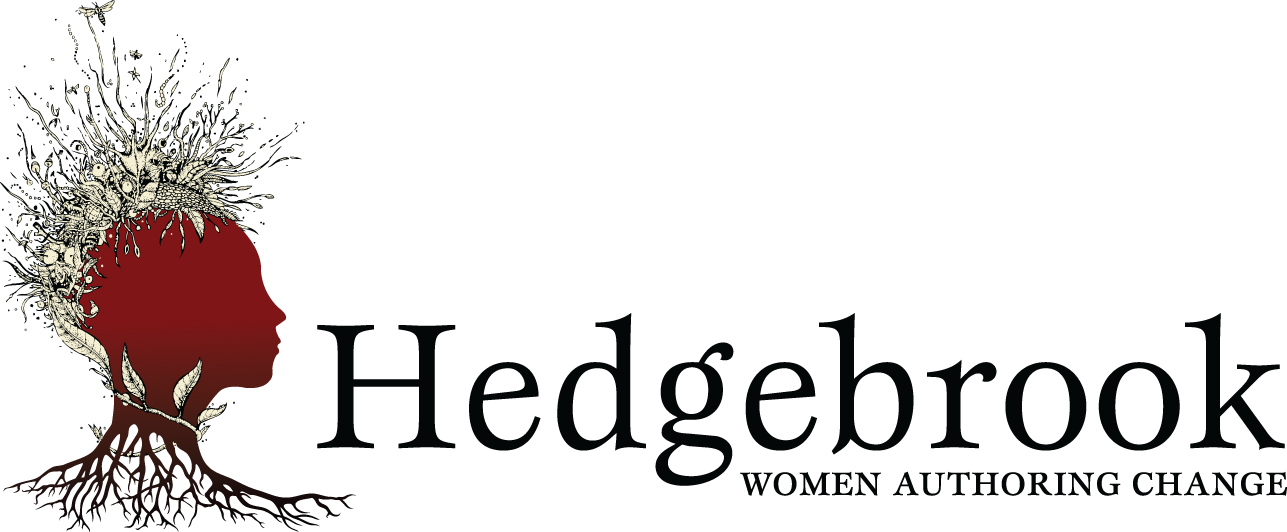Reading Women
There is a library at Hedgebrook, bursting with books–skinny ones, tall ones, fat ones, and colourful ones. Some of these books have just arrived, while others have lived on the shelves for years and now carry the sweet scent of wood-burning fires. What makes this library truly unique though, is that all the books are written by women who once stayed at Hedgebrook. And this is why, on my first day at Hedgebrook, I stood in awe in front of the oak beamed shelves, alternately tiptoeing then crouching while running a finger along the rows of solid spines.I started with some short stories by Ursula Le Guin, and a novel by Sarah Waters, both writers I had heard of but never previously read. And then, because I come from Africa and Europe, I searched specifically for writers whose lives, like mine, straddle continents, and I found a slim little book, a play in fact, co-written by Danai Gurira and Nikkole Salter. In the three weeks that followed, I established an afternoon routine that always began with finding a patch of sunlight in which to sit. I would then read for hours.I had made a conscious decision, even before arriving at Hedgebrook, to read more women writers, as I had come to realize that I had read so few. It started with my reading of Marilynne Robinson’s Home, and what a treat that book was–so deceptively quiet, so deeply profound. I then read Toni Morrison’s A Mercy and Virginia Woolf’s Mrs. Dalloway, and reveled in these authors’ ability to write so confidently while experimenting with form and style. I also enjoyed the way these authors depicted the so-called “ordinary” and domestic spheres of life in a way that I found fresh and exciting. What was wonderful about Hedgebrook was that I didn’t have to look specifically for women writers–that’s all there was! And because I had been given the priceless gift of time, I was able to reflect at length on the readings and on what I might learn from them. At the end of my Hedgebrook stay (alas, it had to end!), I left with a long list of new favourite writers and an even greater desire to read women writers and give their work prominence in my teaching. Thanks to Hedgebrook, I also left with the confidence to design and teach a new undergraduate course entitled Women Writers and Social Change. On the syllabus are Hedgebrook alums, Danai Gurira and Nikkole Salter whose play, In the Continuum, I explore in the context of a unit on women and AIDS, and Gloria Steinem whose essay, “Ruth’s Song”, speaks powerfully to issues of depression and mother-daughter relations. I teach these authors alongside other current favourites including Jhumpa Lahiri, Gwendolyn Brooks, Lola Shoneyin, Sefi Atta and Veronique Olmi. Next time there will be even more women writers to choose from. My shelves at home are getting full, and the men on my shelves know they must make room, much more room.
